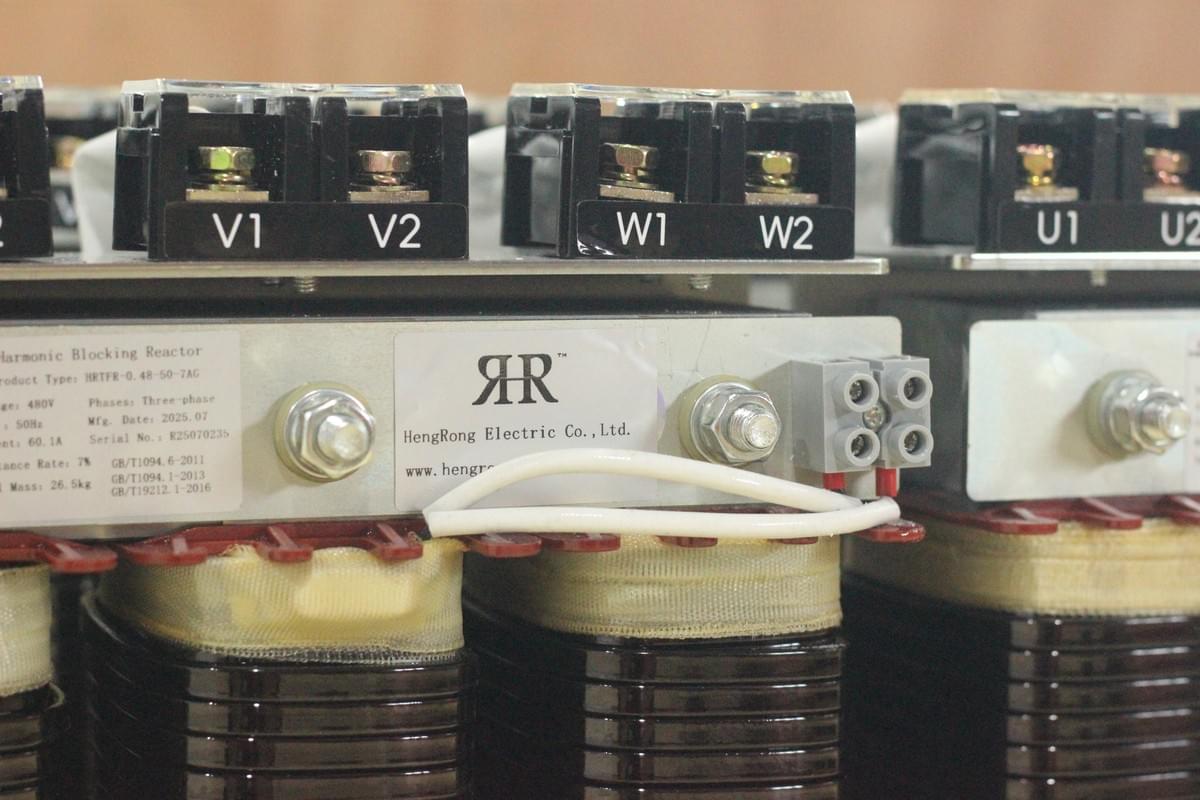
In modern power systems, the reactor plays a vital role in maintaining grid stability and improving power quality. Especially in ultra-high-voltage (UHV) and extra-high-voltage (EHV) transmission lines, reactors are indispensable. They not only balance reactive power but also optimize voltage distribution and reduce line power losses.
However, during operation, reactors also present certain challenges, particularly in the design and efficiency of electrical lockout circuits. Traditional configurations may introduce redundancy and delay operations. This article explores the functions of reactors, the issues with current lockout circuit design, and proposed improvements, based on practical cases from 750kV transmission lines.
1. Importance of Reactors in Power Systems
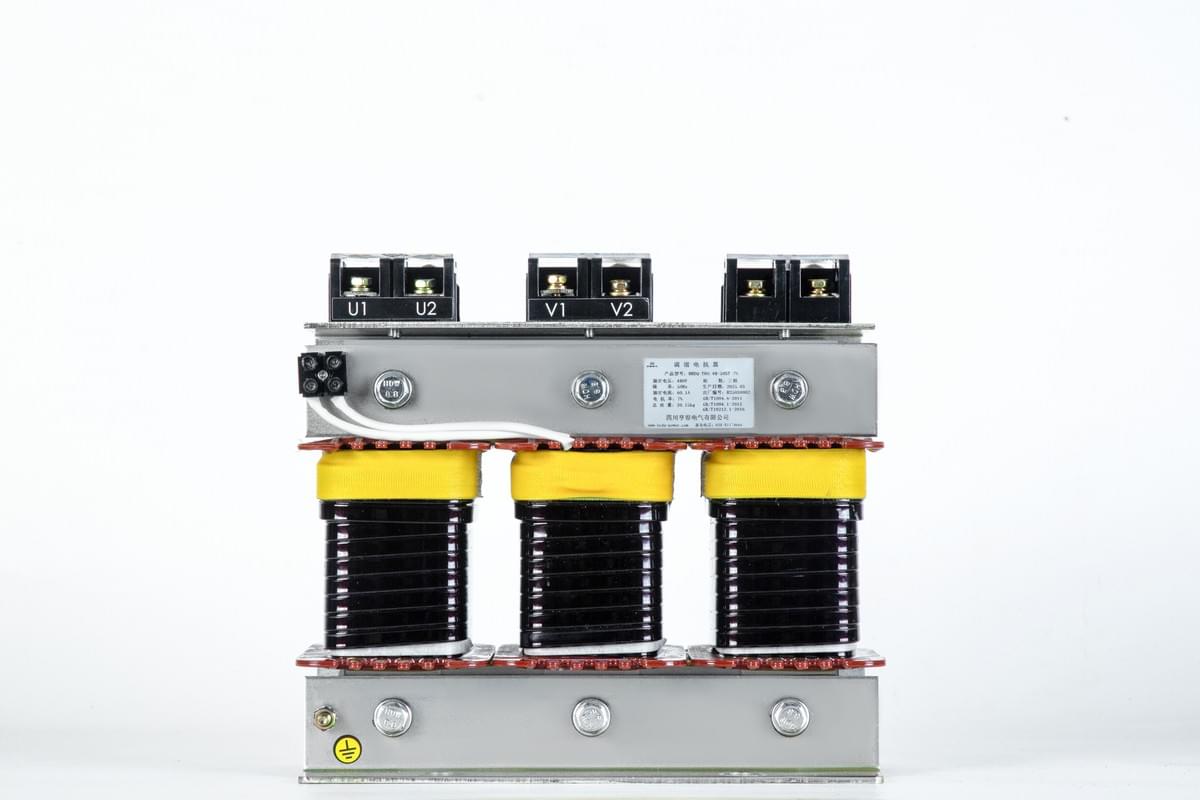
- Improving voltage distribution – reactors mitigate the capacitive effect in long transmission lines, reducing overvoltage risks.
- Balancing reactive power – during light load conditions, reactors absorb reactive power locally, preventing unreasonable power flow in the system.
- Suppressing transient overvoltage – reactors lower overvoltage in no-load or light-load scenarios, enhancing system stability.
- Reducing line losses – by controlling reactive currents, reactors help cut unnecessary power losses in transmission.
For these reasons, in 750kV transmission projects, the reactor is a key piece of equipment.
2. Traditional Design of 750kV Reactor Lockout Circuits
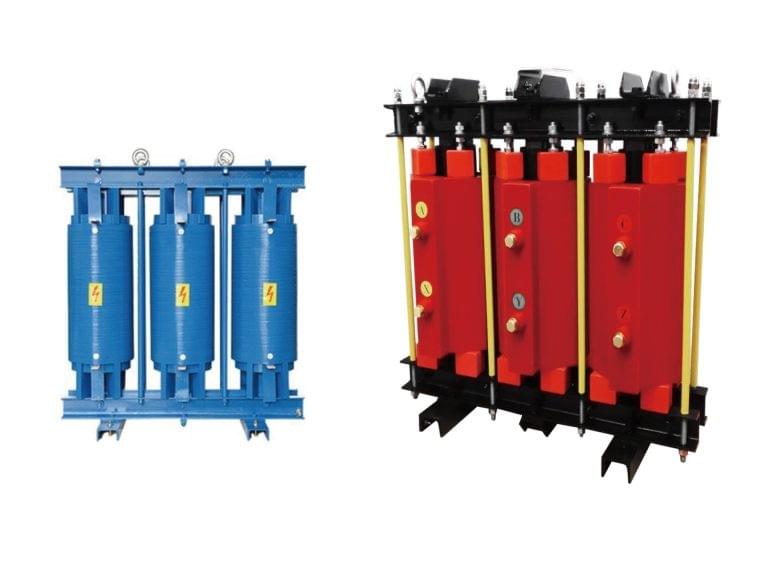
According to the “Five-Prevention” (五防) requirements of State Grid regulations, lockout circuits are designed to prevent misoperations. Traditionally, the normally closed contacts of reactor isolating switches are included in the lockout circuit of line grounding switches.
This design logic works as follows:
- Only when both the line isolating switches and reactor isolating switches are open can the grounding switch be operated.
- This ensures that grounding cannot occur when the circuit is live, effectively preventing hazardous misoperations.
While this design improves safety, it also creates several problems:
- Circuit redundancy – additional contacts increase complexity.
- Operational restrictions – during scheduled line outages, operators may be unable to act if the reactor isolator remains closed.
- Lower efficiency – site staff must coordinate repeatedly with dispatch, causing delays in line maintenance.
3. Shortcomings and Challenges of Current Reactor Lockout Circuits
In real-world operations, dispatch instructions for line outages usually cover the line itself but rarely include the reactor. If the reactor isolator is still in the closed state, its normally closed contact will prevent the grounding switch from being operated.
This leads to:
- Outage delays – operators must request additional instructions from dispatch, wasting valuable time.
- Increased complexity – maintenance procedures become less straightforward.
- Potential safety risks – poor communication could result in conflicts between dispatch orders and field operations.
Clearly, optimizing reactor-related lockout circuits is essential for efficiency and safety.
4. Improved Design for Reactor Lockout Circuits
To solve these issues, an improved design removes the normally closed contacts of the reactor isolating switches, leaving only the line isolating switches in the lockout logic. The improved configuration provides several benefits:
- Simplified wiring – eliminates redundancy, making the circuit clearer and less prone to faults.
- Improved operational flexibility – operators can act on dispatch instructions for line outages without waiting for reactor isolator operations.
- Compliance with safety logic – the design still meets the “Five-Prevention” safety requirements, ensuring reliability.
- Higher system reliability – fewer lockout nodes mean lower risks of unintended failures or misoperations.
This improvement enhances the operational efficiency of circuits involving reactors, while maintaining the safety standards required for ultra-high-voltage systems.
5. Practical Significance of Reactor Circuit Improvements
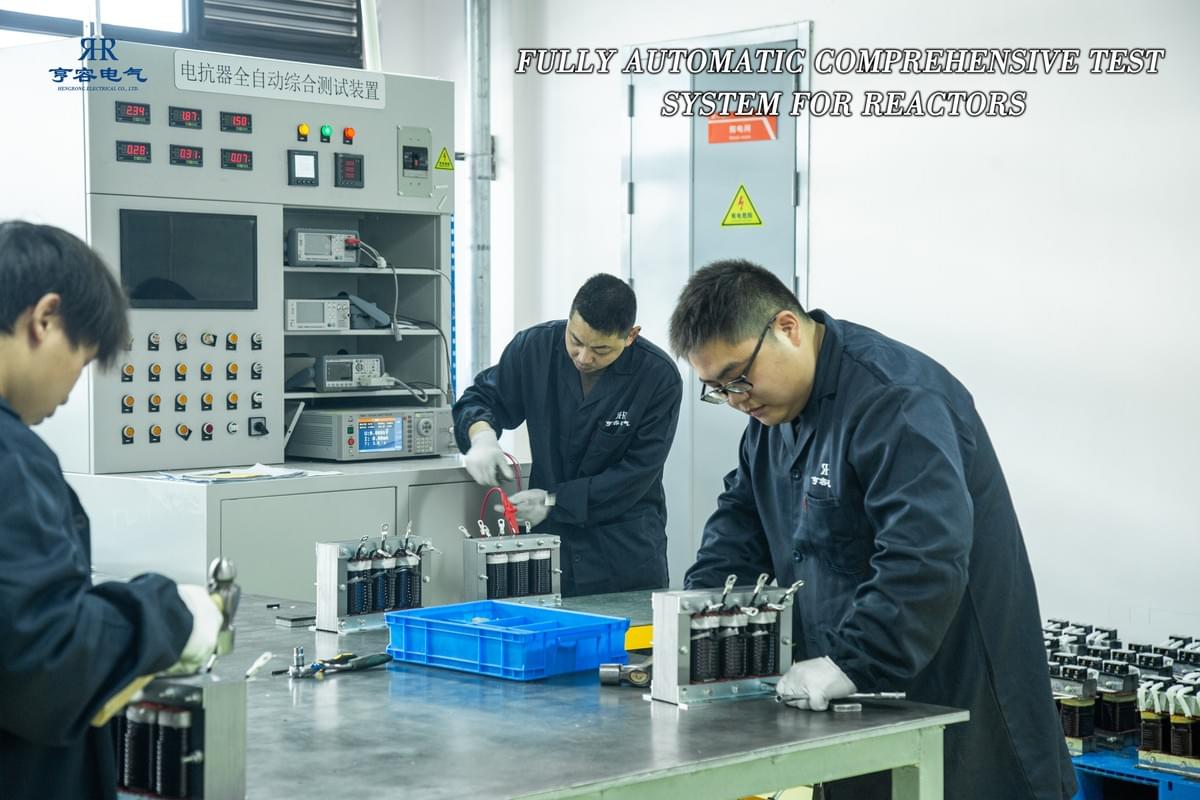
5.1 For power enterprises
Faster maintenance reduces delays caused by redundant procedures, minimizing financial losses and improving service reliability.
5.2 For grid operations
Improved lockout logic ensures higher stability and flexibility of UHV transmission lines, preventing unnecessary risks associated with overly complex circuits.
5.3 For technology development
As reactors continue to play a larger role in smart grids and UHV projects, this improvement provides a valuable reference for optimizing future electrical lockout circuit designs.
6. Conclusion
The reactor is not only a vital device for reactive power regulation but also a critical element in lockout circuit design. In 750kV transmission systems, traditional lockout circuits that include reactor isolator contacts ensure safety but introduce redundancy and operational inefficiency.
By removing reactor isolator contacts and relying solely on line isolators, the improved design simplifies wiring, improves flexibility, and enhances reliability—without compromising safety.
As smart grids and UHV projects expand, reactors will become even more central to grid operations, and optimizing reactor-related lockout circuits will be key to advancing power system efficiency and safety.
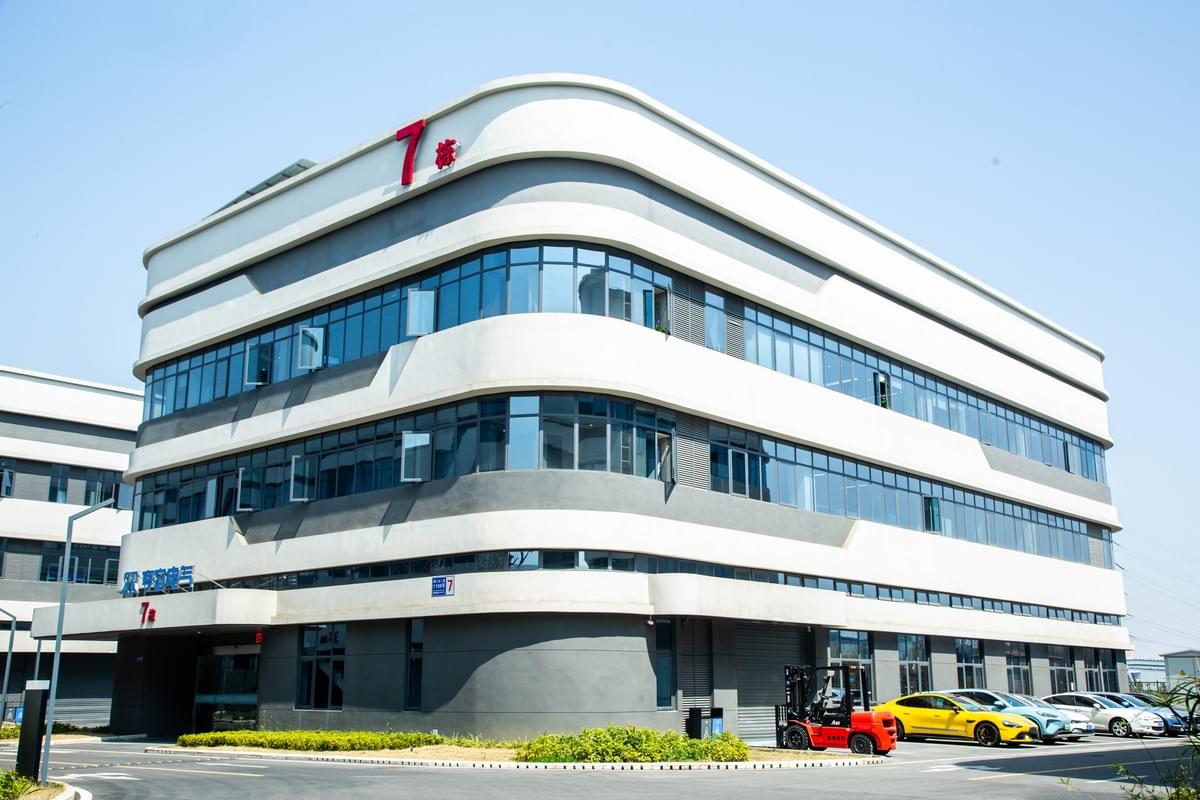
At Hengrong Electrical, we understand that every detail in power control matters. From advanced product design to innovative filtering solutions, we are committed to delivering reliable, efficient, and future-ready technologies. By choosing Hengrong, you gain more than just products — you gain a trusted partner dedicated to helping your business achieve smarter, safer, and greener operations.
